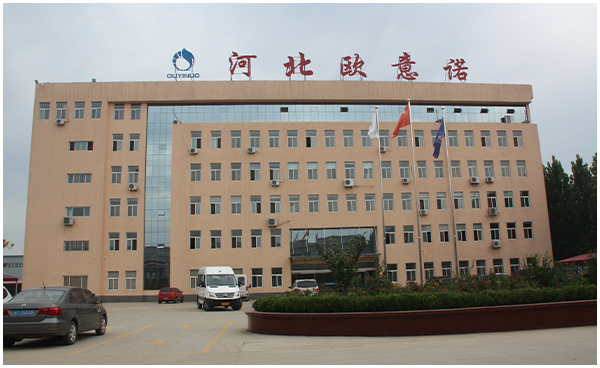
Nov . 17, 2024 09:37
Back to list
صمامات تخفيف الضغط
Pressure Relief Valves An Overview
Pressure relief valves (PRVs) play a vital role in maintaining the safety and integrity of various systems across multiple industries, including oil and gas, chemical manufacturing, and water treatment. Their primary function is to prevent pressure build-up that could lead to catastrophic failures or explosions. This article explores the design, types, functionality, and applications of pressure relief valves to highlight their importance in industrial operations.
Understanding Pressure Relief Valves
At its core, a pressure relief valve is a safety device that automatically releases excess pressure from a system. When the pressure reaches a predetermined threshold, the valve opens and allows fluid or gas to escape, thereby preventing potential damage to equipment, pipelines, or personnel. Once the pressure drops to a safe level, the valve closes again, ensuring the system's operational efficiency is maintained.
Types of Pressure Relief Valves
There are several types of pressure relief valves, each designed for specific applications and industries
1. Spring-Loaded Relief Valves These are the most common type of PRVs. They consist of a spring mechanism that holds the valve closed until the system pressure exceeds the set point. When this occurs, the seat lifts, allowing fluid or gas to vent.
2. Pilot-Operated Relief Valves These valves use system pressure to control a smaller pilot valve that, in turn, operates the main valve. This type of valve offers more precise control and is suitable for high-pressure systems.
3. Balanced-Bellows Relief Valves These are designed to minimize the effect of back pressure on the valve operation. The balanced bellows allow the valve to open reliably, even in fluctuating pressure scenarios.
4. Variable Orifice Relief Valves These valves offer adjustable orifices, allowing for flexibility in pressure settings based on the system's requirements.
.
The functionality of a pressure relief valve can be broken down into several key steps
صمامات تخفيف الضغط

1. Setting the Pressure Level Every PRV is calibrated to a specific pressure level, referred to as the set pressure. This setting must be carefully chosen based on the system's maximum allowable design pressure.
2. Valve Operation As system pressure rises due to various factors such as thermal expansion, sudden influx of fluid, or pump failure, the PRV remains closed until the set pressure is reached.
3. Relief Action Once the pre-set pressure is exceeded, the valve opens, allowing the excess fluid or vapor to escape. This action typically results in a drop in pressure within the system.
4. Resetting the Valve After the excess pressure is relieved and the system pressure returns to normal levels, the valve automatically closes. This self-closure is critical to maintaining system integrity and preventing unnecessary leaks.
Applications of Pressure Relief Valves
Pressure relief valves are utilized in a variety of applications
- Chemical Industry In processes involving pressurized reactors, PRVs safeguard against explosive reactions by allowing volatile gases to escape. - Oil and Gas They are essential in upstream and downstream operations, protecting pipelines and storage tanks from pressure surges.
- Water Treatment Plants Ensuring that pressure does not exceed safe operating limits helps protect pumps and other equipment from failures.
- Manufacturing In manufacturing and processing systems, PRVs maintain process control and prevent machinery from damaging overloads.
Conclusion
Pressure relief valves are indispensable safety devices that ensure the smooth and safe operation of various industrial systems. By understanding their design and functionality, engineers and operators can effectively prevent pressure-related incidents that could lead to severe consequences. As industries continue to innovate and expand, the importance of investing in reliable and well-designed PRVs cannot be overstated, ensuring not only compliance with safety regulations but also the protection of lives and property.
Next:
Latest news
-
Safety Valve Spring-Loaded Design Overpressure ProtectionNewsJul.25,2025
-
Precision Voltage Regulator AC5 Accuracy Grade PerformanceNewsJul.25,2025
-
Natural Gas Pressure Regulating Skid Industrial Pipeline ApplicationsNewsJul.25,2025
-
Natural Gas Filter Stainless Steel Mesh Element DesignNewsJul.25,2025
-
Gas Pressure Regulator Valve Direct-Acting Spring-Loaded DesignNewsJul.25,2025
-
Decompression Equipment Multi-Stage Heat Exchange System DesignNewsJul.25,2025

